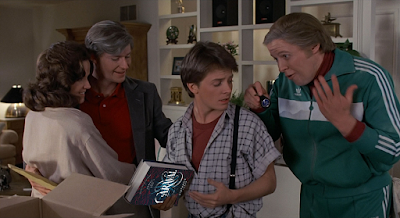Stephanie Garber, author of CARAVAL, garnered wild, breakout success for her YA fantasy which has been on the NYT bestseller list. She's also a creative writing teacher who knows a thing or two about spicy endings. She knows at least five things, actually, but the blog will only share one exercise.
First, Stephanie has us think about the sorts of books we love to read, and FINISH reading. She says you'll read a book with a slow beginning as long as the rest of it picks up, but you'll ask for your money back for a book with a bad ending. Or if not bad, a mediocre or forgettable ending you may not bother to finish, which is just as upsetting. A bad ending in this instance means it's got plot holes, or unanswered questions, or a nonsensical resolution or is overly tragic or is a combination of all of the above.
Stephanie is a 'discovery' writer vs. being a 'plotter,' and she struggles with the adage that a good writer knows their story's ending before they start writing the beginning... Her compromise, which may work for you, is that you may not know exactly WHAT will happen in your ending, but at least know what TYPE of ending you want so you can steer yourself in that correct tone and direction.
Stephanie maps out six types of endings (we'll share 3) that we should work towards to keep our books from being returned to Barnes & Noble:
1. The Happy Disney Ending, this can be happily ever after or happy for now. A happy ending had better be earned by the character to be believable and satisfying, Stephanie says.
2. The Tragic Ending. This is typically a sequel's ending in a trilogy, think of Star Wars's The Empire Strikes Back. The hero gets what they want, but something important has been lost, like a Han(d). The villain may triumph or get away.
3. The Series ending. This is often a book's ending if it is in the middle of a series, it's a cliffhanger ending. Stephanie admonishes that you'll want to write your book's ending as potentially standalone if this is a first submission for you. The initial ending will need to satisfy, if the editor agrees it would be great to turn it into a series, you can adjust the ending to return to being a cliffhanger. This is something Stephanie did for CARAVAL.
One of Stephanie's five exercises for better endings is:
With your existing manuscript or story idea, pick an ending type, first, but then examine within your ending what has changed, the character? The world? The past? Someone's/the world's outlook/thoughts?
SOMETHING MUST CHANGE for a five-star ending, you can justify a characters actions, but that will never be as satisfying as watching a character actually change. Stephanie brings up her one beef with the latest Pride & Prejudice reboot. Darcy is a very proud man whose haughtiness and manners soften as he gets to know Elizabeth Bennet. In the latest reboot, though, there's an added line where Lizzie explains away his earlier behavior by saying Darcy was acting that way because he was just 'shy,' which to Stephanie is a total cop out and a disservice to Darcy's character.
Stephanie asks us to think about how much fun we have noticing the changes to the characters and the world at the end of BACK TO THE FUTURE. Though Marty's character stays the same, everyone/thing else is a bit different.




No comments:
Post a Comment